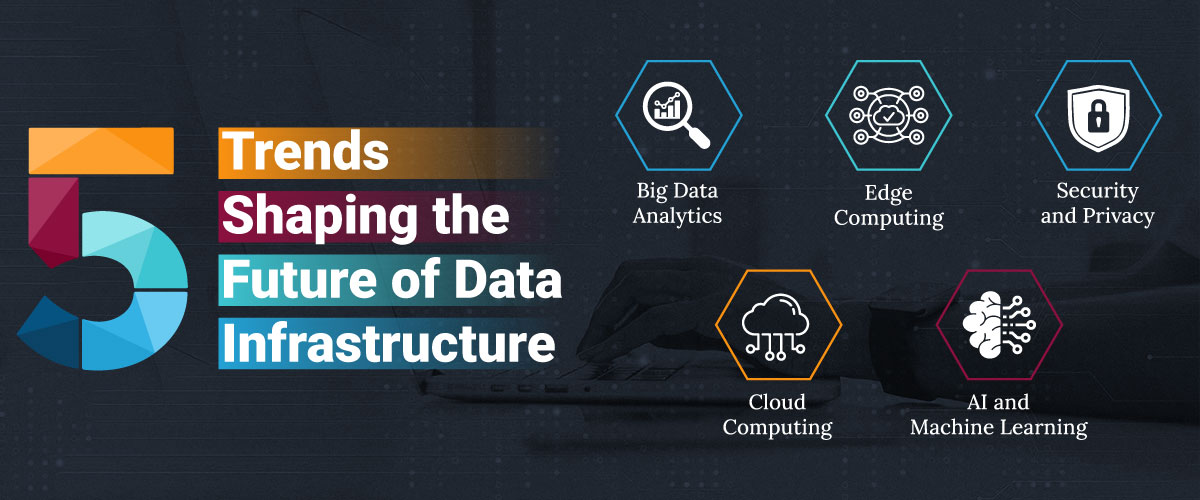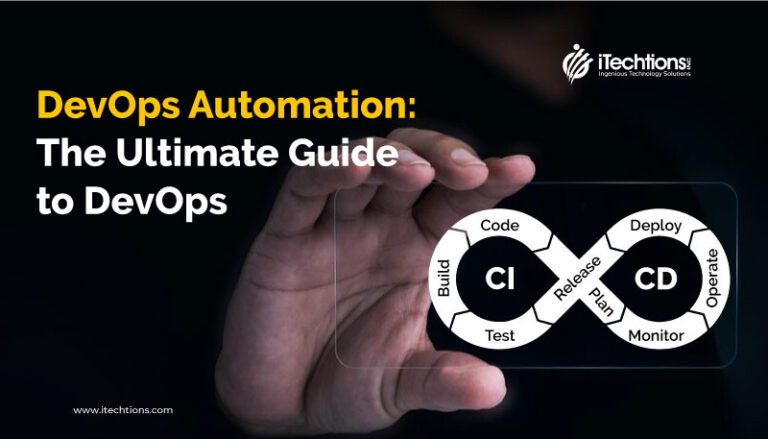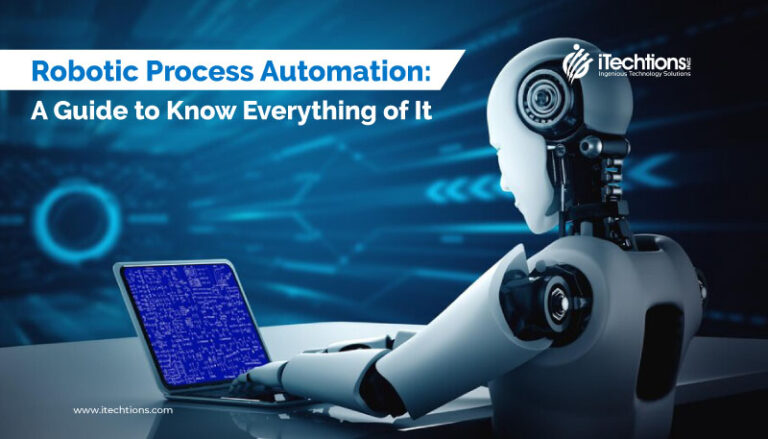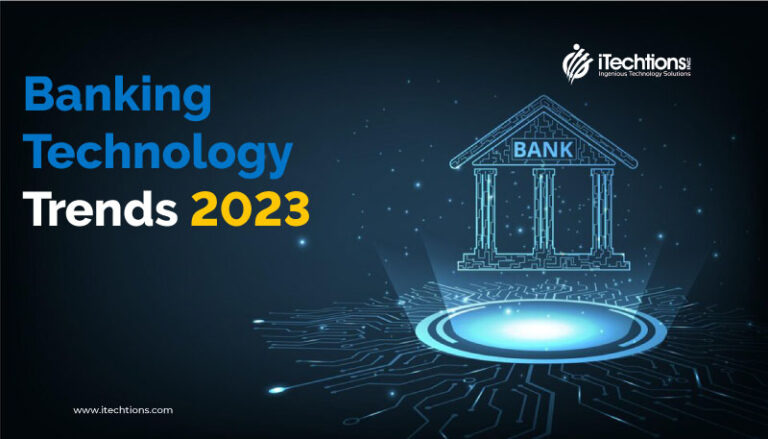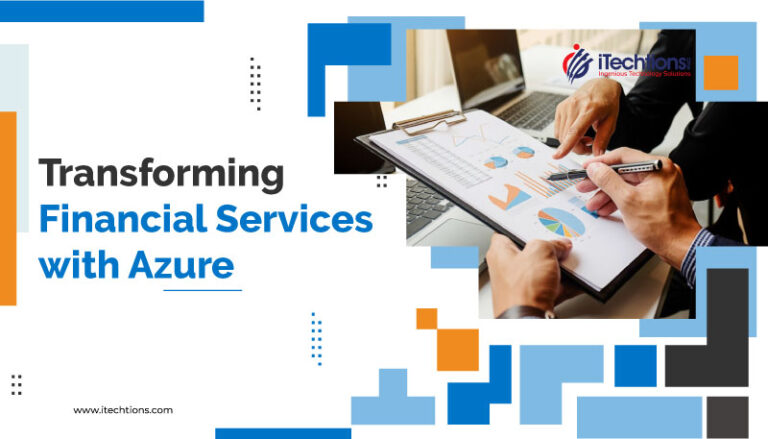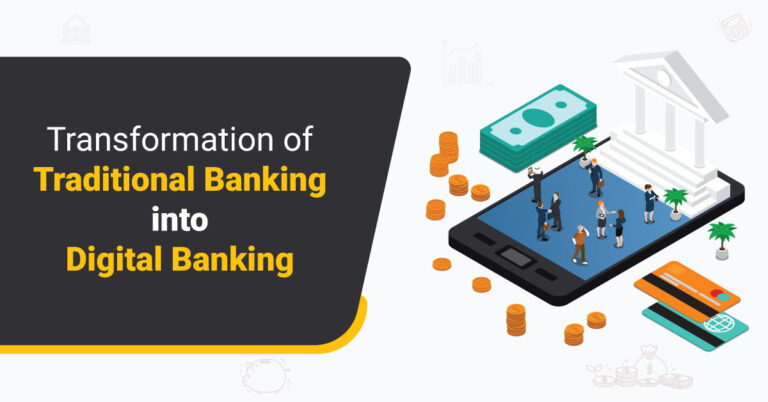Introduction
Integrated Data Infrastructure refers to a unified and cohesive system that brings together various components of an organization’s data management and processing Ecosystem. It includes hardware, software, and services that work together to provide an end-to-end solution for managing and processing data. An integrated data infrastructure enables organizations to manage and analyse large amounts of data, reducing the complexity and cost of data management, providing a single point of control and visibility for all data-related activities. An integrated data Infrastructure typically includes components such as data storage, data processing, data analytics, and data governance.
What is An Integrated Data Infrastructure for Business?
An Integrated Data Infrastructure for Business is a comprehensive and integrated system that enables organizations to effectively manage, process, and analyse their data. It combines hardware, software, and services to provide a single, unified solution for data management. This infrastructure is designed to support the diverse data management needs of a business and includes components such as data storage, data processing, data analytics, and data governance.
An Integrated Data Infrastructure for Business allows organizations to:
● Store and manage large amounts of data from various sources.
● Process and analyse data in real time to gain insights and make informed decisions.
● Improve data security and privacy through robust security features.
● Streamline data management processes and reduce the complexity and cost of data management.
● Enable data-driven decision-making and support data-driven business processes.
● An Integrated Data Infrastructure for Business is crucial for organizations that want to leverage their data to drive business growth and competitiveness.
Why is Data Infrastructure Important For Your Business?
● Improves Data Management: A robust data infrastructure provides a centralized and efficient system for managing, storing, and processing large amounts of data, reducing the complexity and cost of data management.
● Facilitates Data Analysis: An effective data infrastructure allows organizations to process and analyse large amounts of data in real time, providing insights and enabling data-driven decision-making.
● Supports Business Growth: Data Infrastructure supports business growth by enabling organizations to leverage their data to drive business processes, make informed decisions, and identify new opportunities for growth.
● Increases Data Security and Privacy: A secure data infrastructure helps organizations protect their data from security threats and ensure data privacy by providing robust security features such as encryption, multi-factor authentication, and secure data storage and transfer.
● Enables Compliance: Data infrastructure enables organizations to comply with
industry regulations and data protection laws by providing data governance and management capabilities.
Types of Data Infrastructure For Businesses To Implement:
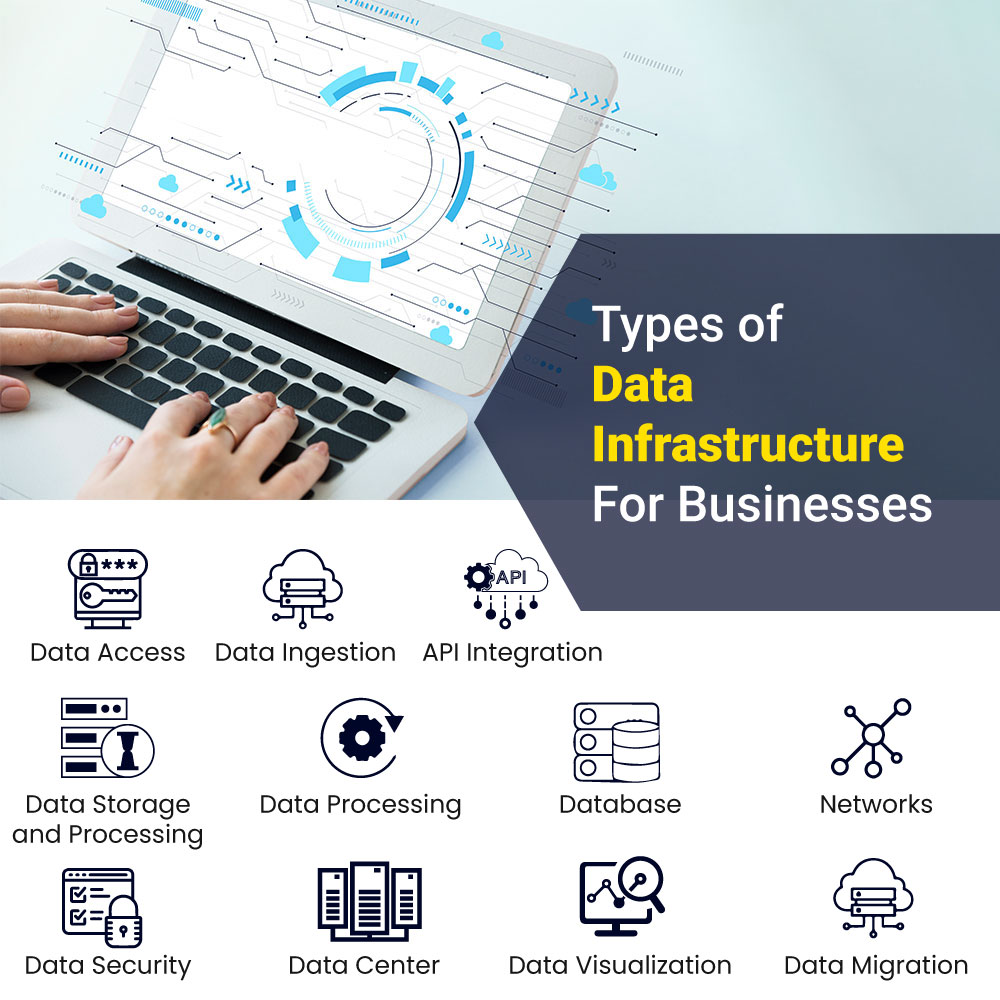
Depending on the goal and purpose of the data utilised for your organisation, different categories of data infrastructure exist. Here are some of the most typical modern data management infrastructure system types that businesses employ to scale their regular business processes:
Data access: Data access is a means of moving, copying, retrieving, and altering data from IT systems to the access query that has been asked. It is a medium via which consumers can obtain the necessary data in a reliable and organised way.
Data Ingestion: Data ingestion is the infrastructure used to move data from a single or a collection of resources to a location where it can be analysed and modified. The only thing the system does is direct data in the proper direction.
API integration: As was already noted, APIs are widely used data infrastructure systems that handle requests for data distribution across various devices in an efficient manner.
Our programmes, gadgets, and applications all communicate and interact with the backend systems through APIs.
Data storage and processing: Data storage is the term used to describe the actual or virtual storage of data using different hardware and software.
Data processing is an interface used to control data for efficient management. It entails turning unprocessed data into knowledge. Data integration refers to both processes combined.
Databases: A database is a logically structured collection of data that can only be accessed after authentication. Big database management systems are used to handle databases when they are present in large quantities.
Networks: The infrastructure of networks serves as a link between a company’s mainframes, servers, network devices, peripherals, etc. to share data efficiently.
Data security: Systems, software, hardware, and applications work together to secure data from unwanted access. Data encryption, hashing, and tokenisation are all part of the ecosystem for comprehensive protection across all digital platforms.
Data centres: Data centres have the necessary facilities or a designated area for the storage of corporate data and applications. Firewalls, storage devices, routers, application delivery controllers, etc.
Data visualisation: Data visualisation is the graphical depiction of data, such as dashboards, charts, and maps, with the purpose of clearly communicating findings.
Data migration: The cloud platforms used for storing and processing data from internet based businesses are used for data migration. Businesses of every size and scope employ all these data processes to maintain and optimise their data silos.
Here are some facts and statistics that highlight the importance of integrated data
Infrastructure
● Integration of data sources leads to better business decision making. According to a study by the Harvard Business Review, companies that effectively integratetheir data sources see a 19% improvement in decision-making accuracy.
● An integrated data infrastructure can improve data accuracy. When data sources are integrated, the same information is no longer entered into multiple systems, reducing the risk of data inaccuracies.
● Integration enables real time data analysis. With an integrated data infrastructure, data from multiple sources can be analysed in real time, allowing companies to make decisions faster.
● An integrated data infrastructure can lead to cost savings. By eliminating the need for manual data entry and reducing the risk of data inaccuracies, companies can save time and money.
● Integration can improve customer experiences. With an integrated data infrastructure, companies can get a complete view of their customers and use that information to create personalized experiences.
● Integration can lead to increased efficiency. When all data is in one place, employees can access the information they need faster, leadingto increased efficiency.
The market for data integration tools is growing rapidly. According to a report by Allied Market Research, the global data integration market is expected to reach $19.8 billion by 2022, growing at a compound annual growth rate of 9.3%.
The top 5 trends shaping the future of data infrastructure in 2022 & beyond are:
The future of data infrastructure is rapidly evolving, and organizations need to stay ahead of the curve to manage process effectively, and analyse their data.
Here are the top 5 trends shaping the future of data infrastructure in 2022 and beyond:
● Cloud Computing: The increasing adoption of cloud computing will continue to drive the future of data infrastructure. Cloud-based data storage and processing solutions provide organizations with the ability to scale their infrastructure on demand, access powerful computing resources, and reduce their overall costs.
● Artificial Intelligence and Machine Learning: AI and ML technologies will play a key role in shaping the future of data infrastructure, organizations using these technologies to extract valuable insights from their data and improve decision-making.
●Edge Computing: Edge computing is becoming increasingly popular as more organizations seek to bring data processing closer to the source of data generation, reducing latency and improving data processing times.
● Big Data Analytics: The continued growth of big data will drive demand for advanced analytics capabilities and sophisticated data management solutions, leading to further advancements in data infrastructure.
●Security and Privacy: With increasing concerns about data privacy and security, organizations will be looking for data infrastructure solutions that provide robust security features, such as encryption, multifactor authentication, and secure data storage and transfer.
Final Thoughts
Integrated data infrastructure is critical for organizationswant to leverage their data to drive business growth and competitiveness. By providing a centralized and efficient system for managing, storing, and processing data, integrated data infrastructure enables organizations to gain new insights from their data, make informed decisions, and comply with industry regulations and data protection laws.
The future of data infrastructure is rapidly evolving, and organizations need to stay ahead of the curve to manage process effectively, and analyse their data. Cloud adoption, edge computing, AI and ML, data privacy and security, and integrated data infrastructure will be the key trends shaping the future of data infrastructure in 2022 and beyond.


